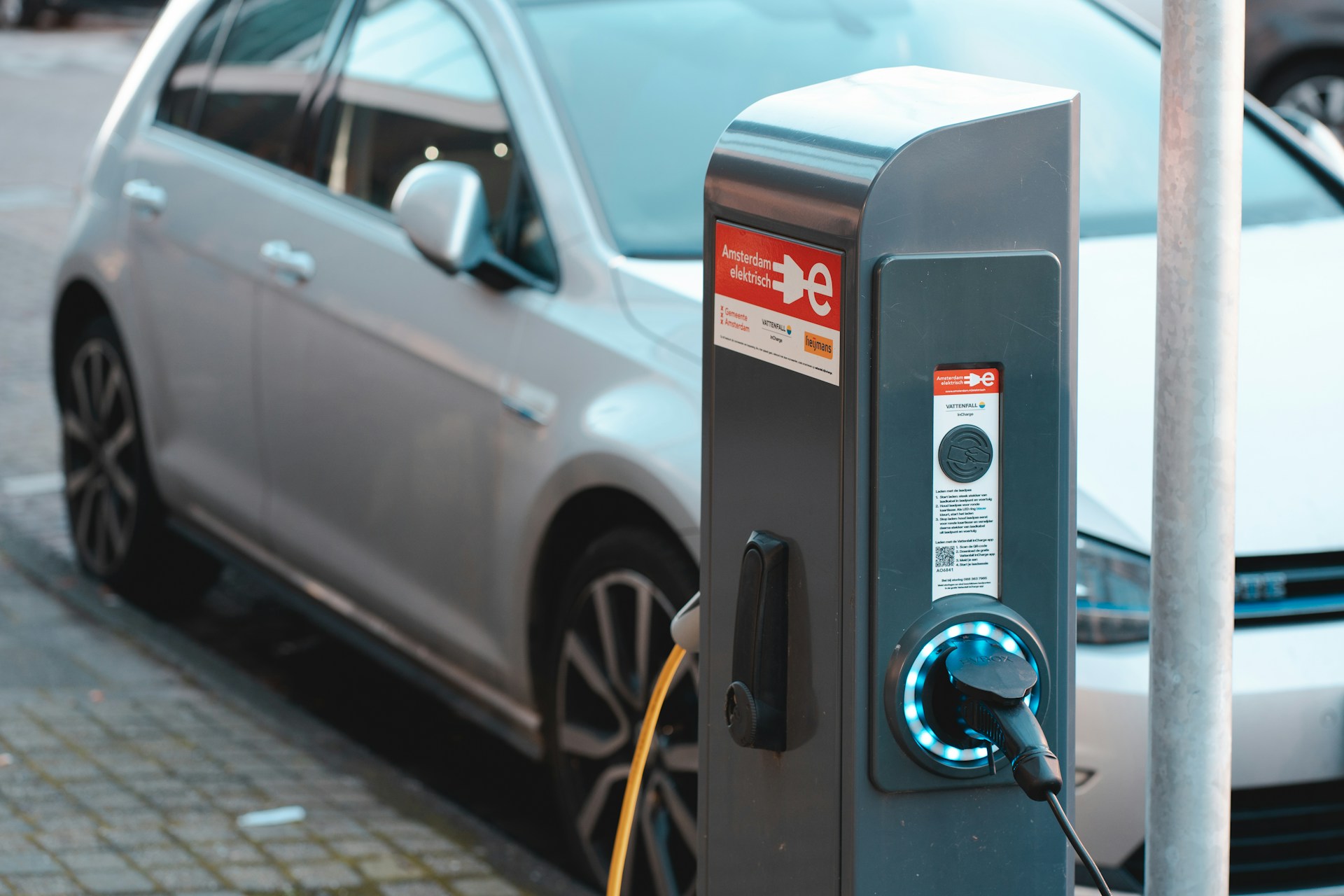Revolutionary EV Battery and Charging Innovations: Tesla and BYD Lead
In the rapidly evolving world of electric vehicles (EVs), the race is on to develop revolutionary battery and charging technologies. Leading the charge are industry giants Tesla and BYD, whose innovations are setting new standards for the EV market. As of 2023, Tesla’s latest battery technology promises a range of over 400 miles on a single charge, while BYD’s rapid charging capabilities can recharge a battery to 80% in just 15 minutes. In this article, we will explore how these groundbreaking advancements are reshaping the EV landscape and what it means for the future of sustainable mobility.
Tesla’s Battery Breakthroughs: A Game Changer in Range and Efficiency
The 4680 Battery: Powering the Future
Tesla’s 4680 battery cell is a cornerstone of its latest EV models, including the Model S Plaid and the upcoming Cybertruck. This innovation offers a 16% increase in range and a fivefold improvement in energy capacity. The larger cell design not only reduces production costs but also enhances vehicle performance by enabling faster acceleration and longer driving distances. According to InsideEVs, Tesla aims to produce 100 GWh of these cells by 2025, enough to power over one million vehicles annually.
The Role of Supercharging Networks
Tesla’s Supercharger network, boasting over 45,000 chargers worldwide, plays a critical role in alleviating range anxiety—a common concern among potential EV buyers. These chargers can deliver up to 250 kW, allowing a Tesla vehicle to gain up to 200 miles of range in just 15 minutes. This expansive network is a key differentiator for Tesla, providing unparalleled convenience for long-distance travel.
BYD’s Charging Innovations: Speed Meets Sustainability
Blade Battery: Safety and Longevity
BYD has made waves with its Blade Battery, featured in models like the Han EV and the Tang SUV. This battery technology emphasizes safety and longevity, with a lifespan of over 1.2 million kilometers and resistance to thermal runaway—a major safety hazard in traditional lithium-ion batteries. As reported by AutoExpress, this innovation positions BYD as a leader in safe EV technology, appealing to consumers prioritizing security and durability.
Fast Charging for the Mass Market
BYD’s rapid charging technology is another breakthrough, offering an 80% charge in just 15 minutes. This capability is crucial for urban commuters and fleet operators who require quick turnaround times. Bloomberg Green highlights BYD’s ambition to expand its charging infrastructure, making fast charging more accessible to a broader audience.
Choosing the Right Electric Vehicle: A Guide for First-Time Buyers
Factors to Consider
- Range Needs: Assess your daily driving habits. Tesla’s long-range models might be ideal for those with lengthy commutes, while BYD’s urban-friendly options suit city dwellers.
- Charging Infrastructure: Consider the availability of charging stations in your area. Tesla owners benefit from an extensive Supercharger network, whereas BYD is rapidly expanding its charging solutions.
- Budget and Incentives: Evaluate the total cost of ownership, including potential government incentives for EV purchases.
Best EVs of the Year
- Tesla Model Y: Known for its impressive range and autonomous driving features, starting at $52,490.
- BYD Han EV: Offers a luxurious interior and advanced safety features, with prices beginning at $33,000.
- Ford Mustang Mach-E: Combines performance with style, priced from $45,995.
The Future of EV Charging: What’s Next?
Wireless and V2G Technologies
Wireless charging and vehicle-to-grid (V2G) technologies are on the horizon, promising to transform how we think about EV charging. Companies like WiTricity are developing wireless systems that allow vehicles to charge simply by parking over a charging pad, enhancing convenience and accessibility. Meanwhile, V2G technology enables EVs to feed power back into the grid, offering potential savings and supporting grid stability.
Sustainability and Innovation
Both Tesla and BYD are committed to sustainability, with initiatives to reduce carbon footprints throughout their supply chains. This includes Tesla’s Gigafactories, which aim to be fully powered by renewable energy, and BYD’s focus on recyclable battery materials.
Conclusion: The Road Ahead for Electric Vehicles
In summary, Tesla and BYD are at the forefront of revolutionary EV battery and charging innovations, driving the industry towards a more sustainable and efficient future. With advancements such as Tesla’s 4680 battery and BYD’s rapid charging technologies, the EV market is becoming more accessible and appealing to consumers worldwide. As these innovations continue to evolve, they promise to redefine our understanding of mobility and sustainability.
Are you ready to embrace the electric revolution? Whether you’re considering your first EV purchase or looking to upgrade, staying informed about the latest developments is crucial. Explore the possibilities and join the movement towards a cleaner, greener future. What do you think the next big breakthrough in EV technology will be? Share your thoughts in the comments below!

